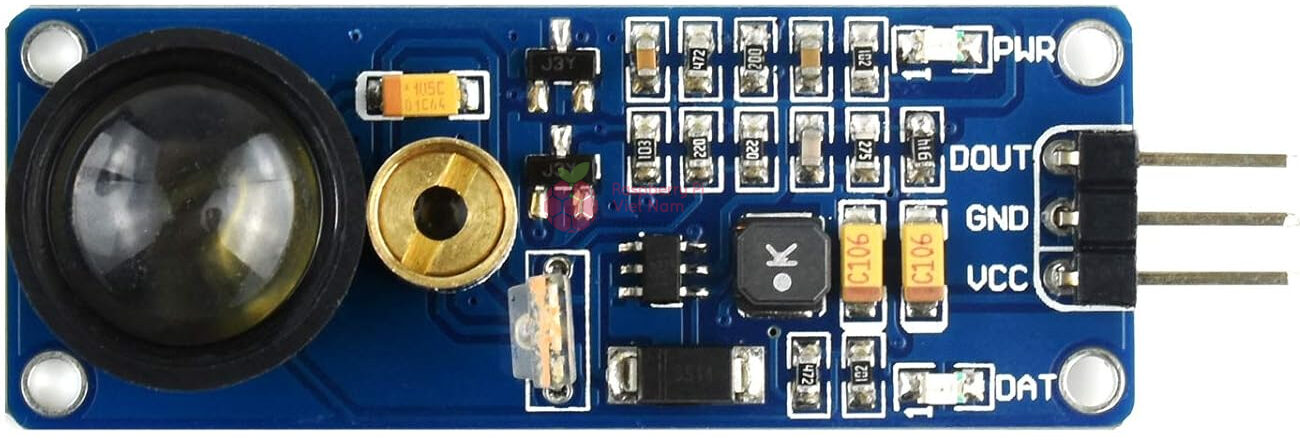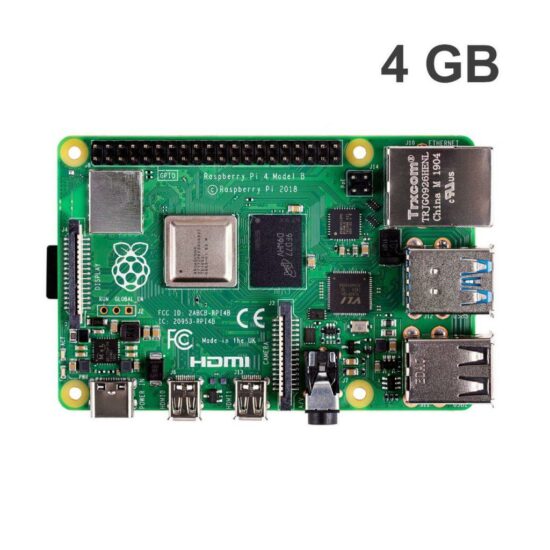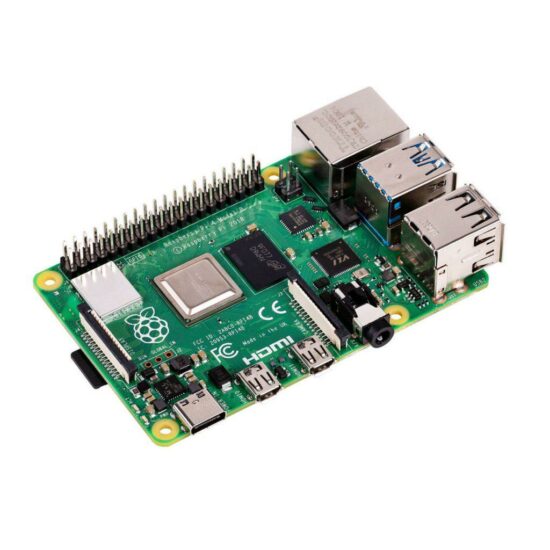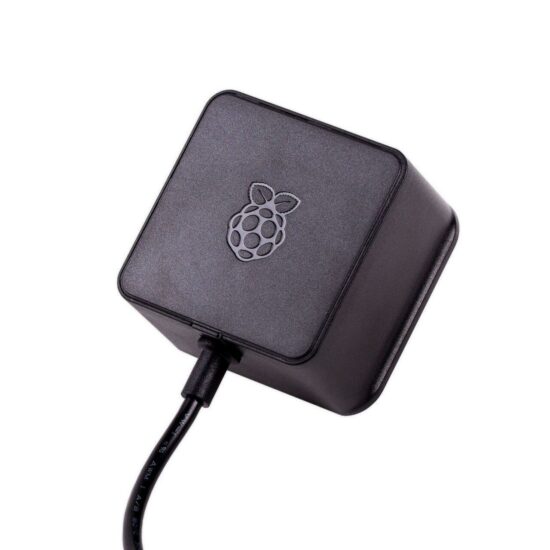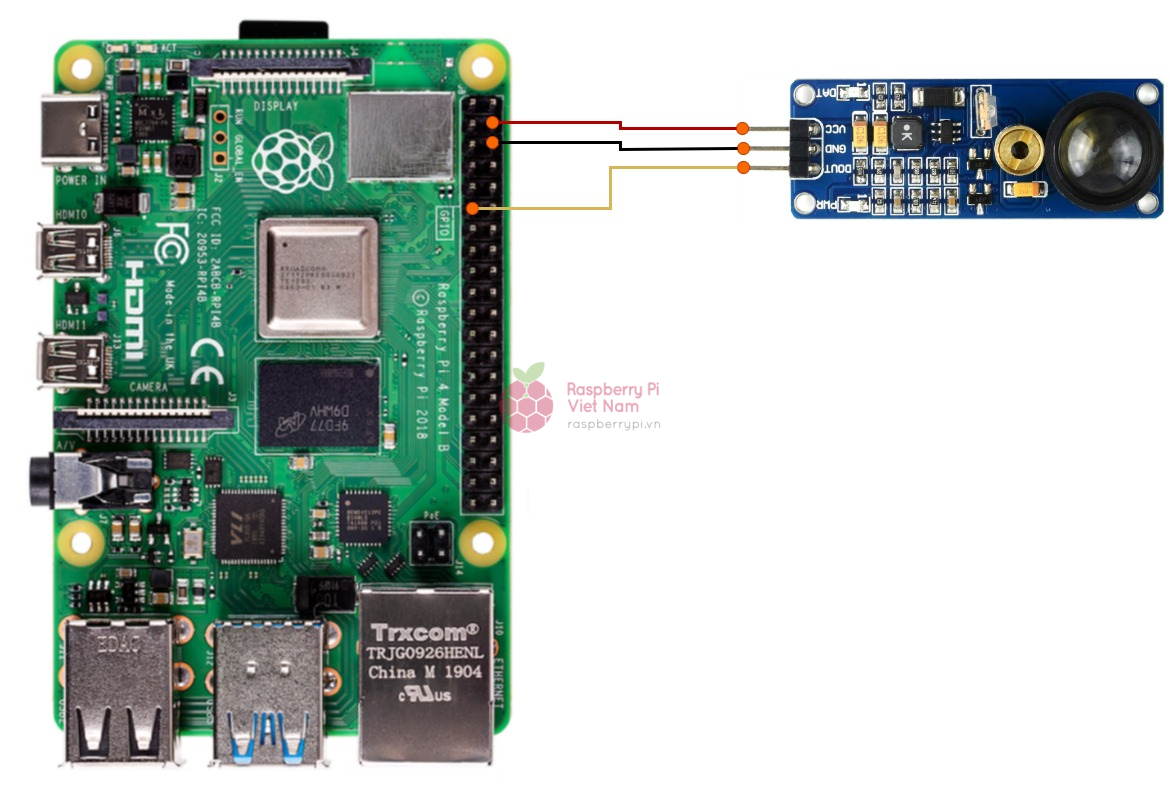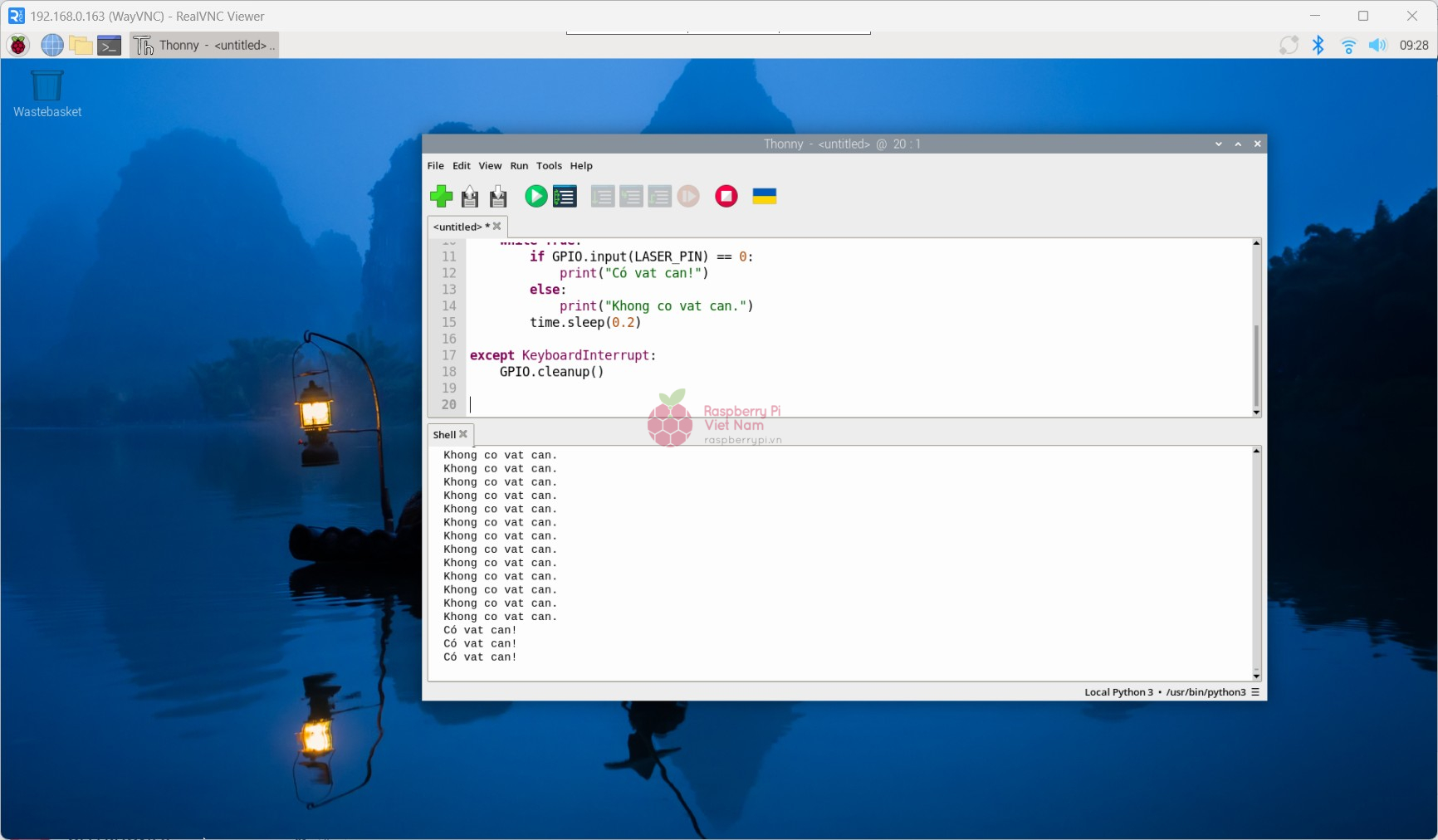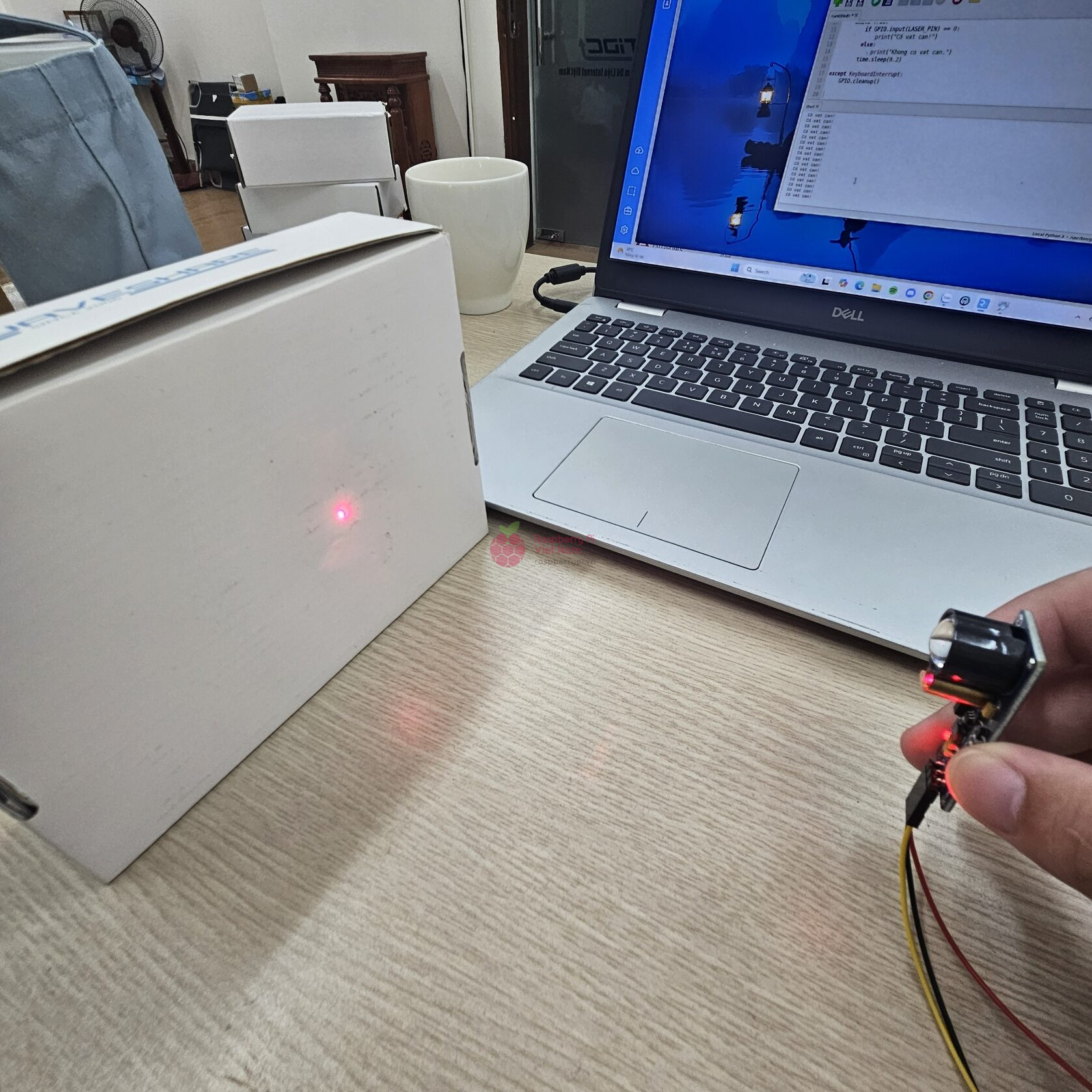Cảm biến laser là một loại cảm biến sử dụng tia laser hồng ngoại để phát hiện sự xuất hiện của vật thể trong một khoảng cách giới hạn. Khi một vật cản đi vào vùng quét của tia laser, cảm biến sẽ thay đổi tín hiệu đầu ra để gửi thông báo đến vi điều khiển, chẳng hạn như Raspberry Pi hoặc Arduino.
Không giống như các cảm biến ToF (Time-of-Flight) có khả năng đo chính xác khoảng cách, cảm biến laser dạng kỹ thuật số này chỉ đưa ra tín hiệu phát hiện (có/không). Tuy nhiên, nhờ tốc độ phản hồi nhanh và độ chính xác ổn định trong phạm vi ngắn, cảm biến này vẫn rất hiệu quả trong nhiều ứng dụng thực tế như:
Cảm biến laser hoạt động bằng cách phát ra một tia laser. Khi có vật cản phía trước, tia laser bị phản xạ lại và được thu về. Nếu có phản xạ, cảm biến nhận biết được có vật thể phía trước và đưa tín hiệu ra chân OUT.
Mặc dù không đo được khoảng cách cụ thể, cảm biến laser này vẫn là lựa chọn tối ưu cho các ứng dụng phát hiện vật thể nhanh, chi phí thấp, và dễ triển khai. Việc lập trình đơn giản cùng khả năng phản hồi nhanh giúp người dùng nhanh chóng đưa cảm biến vào thực tế.
Henley Royal Regatta Betting History: Betzella’s Rowing Market Analysis
The Henley Royal Regatta stands as one of the most prestigious rowing events in the world, drawing elite competitors and spectators to the Thames for over 180 years. While the regatta’s sporting excellence has remained constant, the evolution of betting markets around this historic event tells a fascinating story of tradition meeting modern wagering practices. Betzella’s comprehensive analysis of rowing market trends reveals how this quintessentially British sporting spectacle has adapted to contemporary betting landscapes while maintaining its aristocratic heritage.
The Historical Foundation of Henley Wagering
The Henley Royal Regatta, first held in 1839, emerged during an era when gentlemen’s sporting wagers were commonplace among British society’s upper echelons. Early betting at Henley was largely informal, conducted between spectators along the riverbank and within the exclusive stewards’ enclosure. These private wagers reflected the regatta’s social significance, where rowing prowess was intertwined with class distinction and educational prestige.
Victorian-era records indicate that substantial sums changed hands during regatta week, particularly on races involving Oxford and Cambridge crews. The Diamond Challenge Sculls, established in 1844, quickly became a focal point for serious wagering, attracting bets from London’s sporting clubs. Unlike modern structured betting markets, these early wagers were gentleman’s agreements, often settled weeks after the event through banking intermediaries.
The regatta’s royal patronage, granted by Prince Albert in 1851, elevated its status but also introduced more formal oversight of betting activities. Stewards began monitoring wagering to prevent unsavory elements from infiltrating the event’s refined atmosphere. This tension between sporting excitement and social propriety would define Henley’s relationship with betting for generations.
Evolution of Modern Rowing Markets
The transformation of Henley betting from informal gentleman’s wagers to structured markets began in the mid-20th century. Professional bookmakers recognized the event’s potential, particularly as television coverage expanded the regatta’s reach beyond its traditional Thames-side audience. The introduction of organized betting shops in the 1960s provided the infrastructure necessary for systematic Henley wagering.
Betzella’s market research identifies the 1980s as a pivotal decade for rowing betting development. The increasing professionalization of rowing, combined with improved athlete conditioning and training methods, created more predictable performance patterns that sophisticated bettors could analyze. International participation expanded significantly, bringing world-class competitors from rowing powerhouses like Germany, Australia, and the United States.
The establishment of comprehensive race records and performance databases enabled more sophisticated market analysis. Henley rowing betting evolved from simple win/lose propositions to encompass margin betting, fastest time predictions, and complex multi-race accumulators. This sophistication attracted a new generation of sports bettors who appreciated rowing’s technical demands and strategic complexity.
Digital transformation in the 1990s and 2000s revolutionized access to Henley betting markets. Online platforms eliminated geographical barriers, allowing international audiences to engage with regatta wagering. Betzella’s analysis shows that online betting volumes during Henley week increased by over 300% between 2005 and 2015, reflecting both technological advancement and growing global interest in rowing sports.
Contemporary Market Dynamics and Trends
Today’s Henley betting landscape reflects broader trends in sports wagering while maintaining unique characteristics specific to rowing competition. Betzella’s data analysis reveals several key patterns that distinguish Henley markets from other sporting events. The regatta’s knockout format creates unusual betting dynamics, where early-round upsets can dramatically alter championship odds within hours.
Weather conditions play a disproportionately significant role in Henley betting compared to many other sports. Wind direction, water conditions, and temperature variations can substantially impact race outcomes, creating opportunities for knowledgeable bettors who understand these environmental factors. Experienced Henley punters closely monitor meteorological forecasts, often adjusting their positions based on changing weather patterns.
The collegiate nature of many competing crews introduces additional complexity to market analysis. University teams may field different lineups between preliminary rounds and finals, making form assessment challenging. Betzella’s research indicates that successful Henley bettors often focus on coaching pedigree and training camp performance rather than solely relying on previous race results.
International time zone differences create unique market inefficiencies during Henley week. Asian and American bettors often rely on delayed information, creating arbitrage opportunities for those with real-time access to course conditions and crew changes. These temporal advantages typically disappear within minutes of race conclusions, but alert bettors can exploit brief pricing discrepancies.
The rise of in-play betting has added new dimensions to Henley wagering. Live odds adjust rapidly as races unfold, with dramatic swings possible during the final 500 meters when crews make decisive moves. Betzella’s analysis shows that in-play betting now accounts for approximately 40% of total Henley wagering volume, reflecting bettors’ desire for immediate engagement with unfolding races.
Technical Analysis and Performance Indicators
Successful Henley betting requires understanding rowing’s technical aspects and performance metrics. Betzella’s analytical framework incorporates multiple data points including crew ergometer scores, previous regatta performances, coaching changes, and training camp reports. These factors combine to create comprehensive crew profiles that inform betting decisions.
Stroke rate analysis has become increasingly sophisticated, with advanced bettors tracking crews’ tactical approaches across different race phases. Some crews excel at high-intensity starts, while others rely on sustained power through the middle 1000 meters. Understanding these strategic preferences helps predict race outcomes, particularly in closely matched competitions.
The impact of lane assignments on Henley outcomes cannot be understated. Certain lanes offer slight advantages due to water flow patterns and wind protection, creating measurable performance differences. Betzella’s historical analysis shows that crews in lanes 4 and 5 win approximately 8% more frequently than statistical probability would suggest, though this advantage varies by weather conditions.
Crew composition analysis focuses on individual athletes’ backgrounds, including previous international competition experience and physical characteristics. Height and weight distributions within crews can indicate power potential and boat balance, factors that significantly impact performance. Elite crews typically display optimal anthropometric profiles that experienced bettors learn to recognize.
The psychological aspects of Henley competition create additional analytical opportunities. The regatta’s unique atmosphere and historical significance can overwhelm inexperienced competitors, while veterans often perform above their technical capabilities. Betzella’s research identifies crew experience at major regattas as a strong predictor of Henley success, particularly in championship finals where pressure reaches maximum intensity.
Modern performance analysis incorporates biomechanical data from training sessions, including stroke efficiency measurements and power curve analysis. While this information isn’t publicly available, betting professionals often develop relationships with coaching staffs to gain insights into crew preparation and tactical planning. These connections provide competitive advantages in market assessment and position sizing.
The Henley Royal Regatta’s betting evolution reflects broader changes in sports wagering while maintaining its distinctive character rooted in British sporting tradition. Betzella’s comprehensive market analysis demonstrates how technological advancement, international participation, and analytical sophistication have transformed simple riverside wagers into complex modern betting markets. As rowing continues to grow globally and data analytics become more sophisticated, Henley betting markets will likely become even more efficient and competitive, challenging bettors to develop increasingly nuanced understanding of this demanding sport’s intricacies.
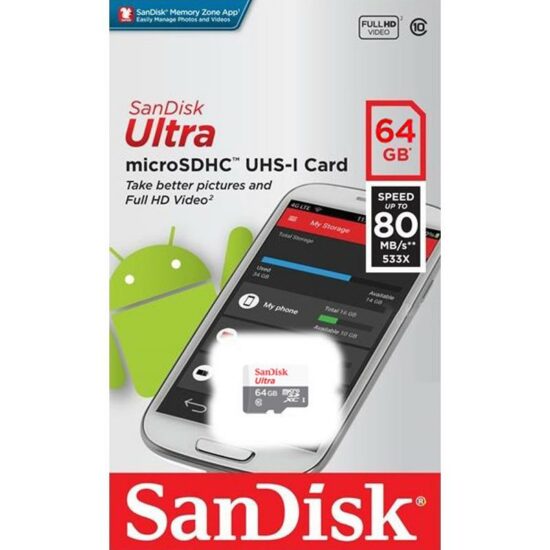 Thẻ Nhớ MicroSD SanDisk Ultra 64GB 100MB/s
1 × 190.000 ₫
Thẻ Nhớ MicroSD SanDisk Ultra 64GB 100MB/s
1 × 190.000 ₫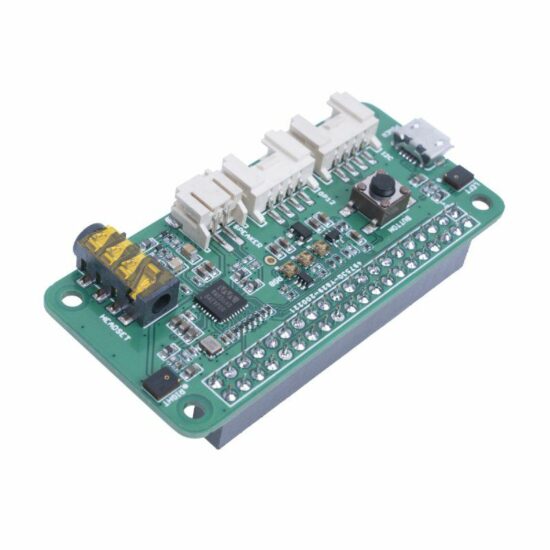 ReSpeaker 2-Microphone Raspberry Pi HAT
1 × 450.000 ₫
ReSpeaker 2-Microphone Raspberry Pi HAT
1 × 450.000 ₫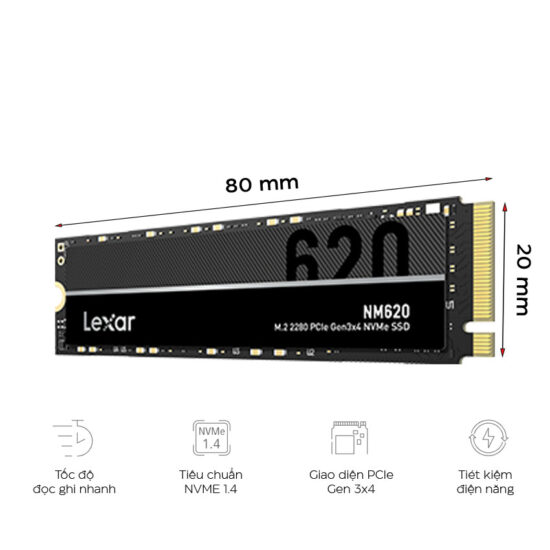 Ổ SSD Lexar NM620 256GB M.2 2280 PCIe 3.0x4 LNM620X256G-RNNNG
1 × 690.000 ₫
Ổ SSD Lexar NM620 256GB M.2 2280 PCIe 3.0x4 LNM620X256G-RNNNG
1 × 690.000 ₫ Bộ 13 cảm biến
2 × 950.000 ₫
Bộ 13 cảm biến
2 × 950.000 ₫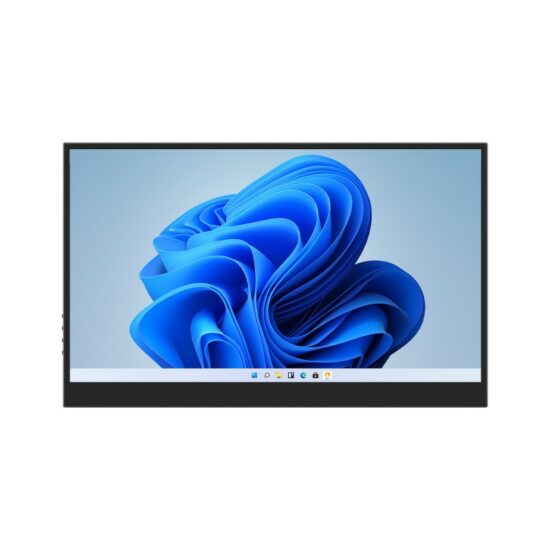 Màn hình cảm ứng di động 15.6" (C), 1920 × 1080 Full HD, IPS, HDMI/Type-C tích hợp pin
1 × 5.300.000 ₫
Màn hình cảm ứng di động 15.6" (C), 1920 × 1080 Full HD, IPS, HDMI/Type-C tích hợp pin
1 × 5.300.000 ₫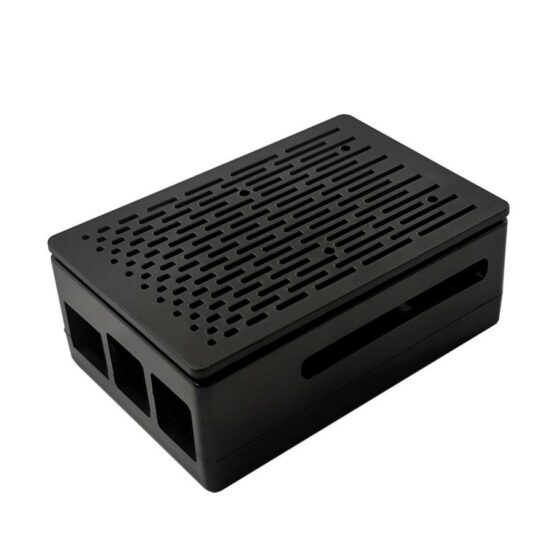 Vỏ nhựa ABS Raspberry Pi 5
1 × 150.000 ₫
Vỏ nhựa ABS Raspberry Pi 5
1 × 150.000 ₫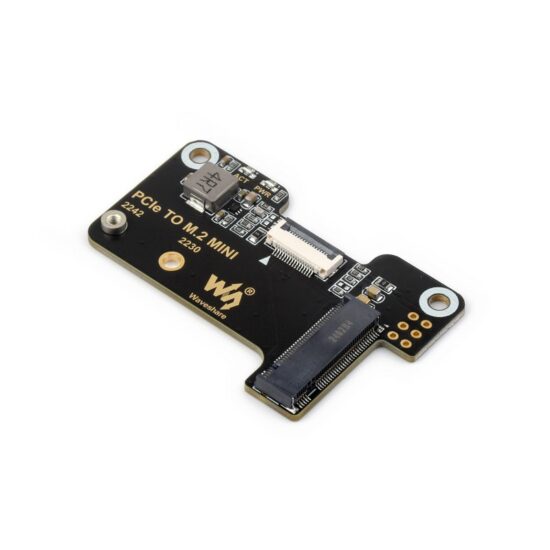 Mạch chuyển đổi PCIe sang M.2 NVMe Mini Raspberry Pi 5
1 × 180.000 ₫
Mạch chuyển đổi PCIe sang M.2 NVMe Mini Raspberry Pi 5
1 × 180.000 ₫ Raspberry Pi Zero 2 W (Wireless)
1 × 610.000 ₫
Raspberry Pi Zero 2 W (Wireless)
1 × 610.000 ₫ Đầu đọc thẻ nhớ USB
1 × 35.000 ₫
Đầu đọc thẻ nhớ USB
1 × 35.000 ₫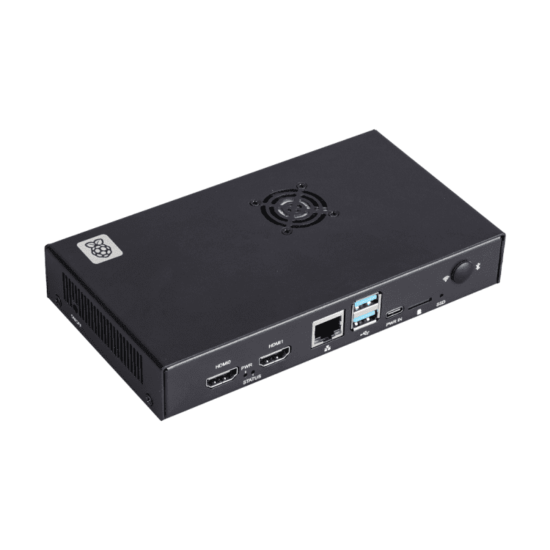 Vỏ Kim Loại bảo vệ Mạch IO Raspberry Pi Compute Module 5
1 × 610.000 ₫
Vỏ Kim Loại bảo vệ Mạch IO Raspberry Pi Compute Module 5
1 × 610.000 ₫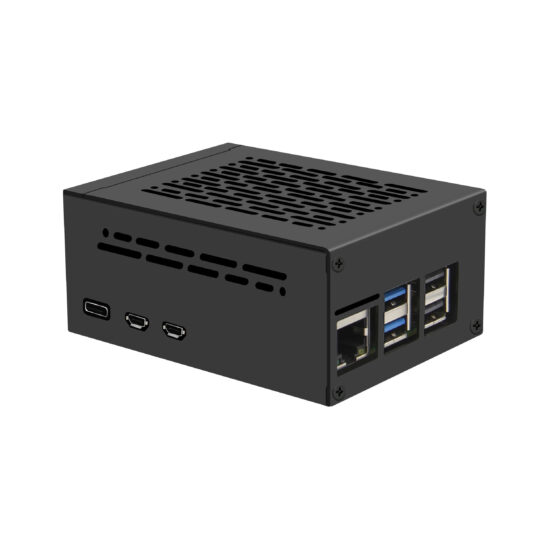 Vỏ kim loại Raspberry Pi 5 gắn Adapter PCIe và Active Cooler
1 × 250.000 ₫
Vỏ kim loại Raspberry Pi 5 gắn Adapter PCIe và Active Cooler
1 × 250.000 ₫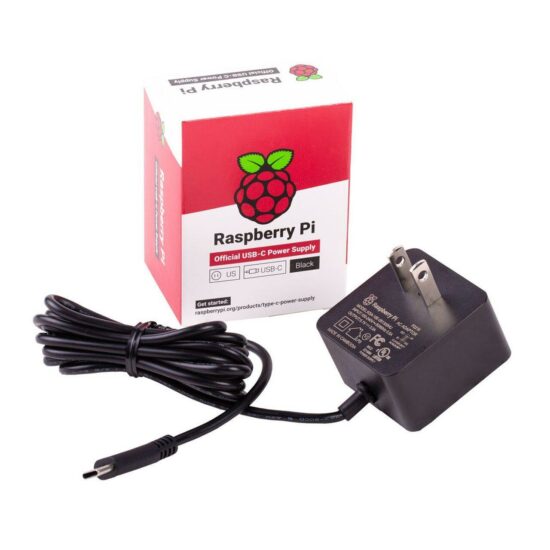 Nguồn chính hãng Raspberry Pi 4 - 5.1V - 3A
1 × 300.000 ₫
Nguồn chính hãng Raspberry Pi 4 - 5.1V - 3A
1 × 300.000 ₫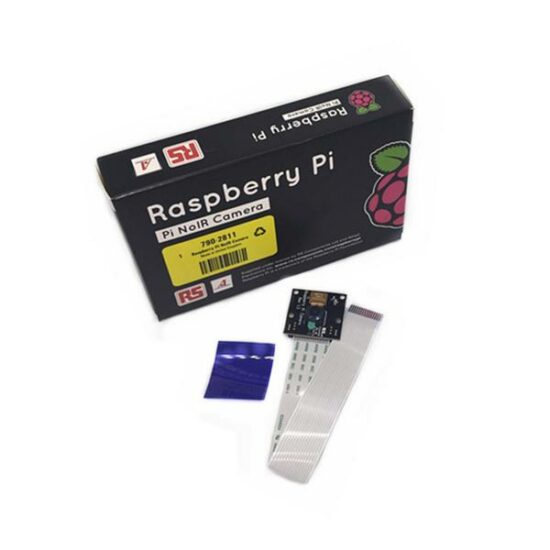 Camera hồng ngoại Raspberry Pi V1 NoIR
1 × 580.000 ₫
Camera hồng ngoại Raspberry Pi V1 NoIR
1 × 580.000 ₫
